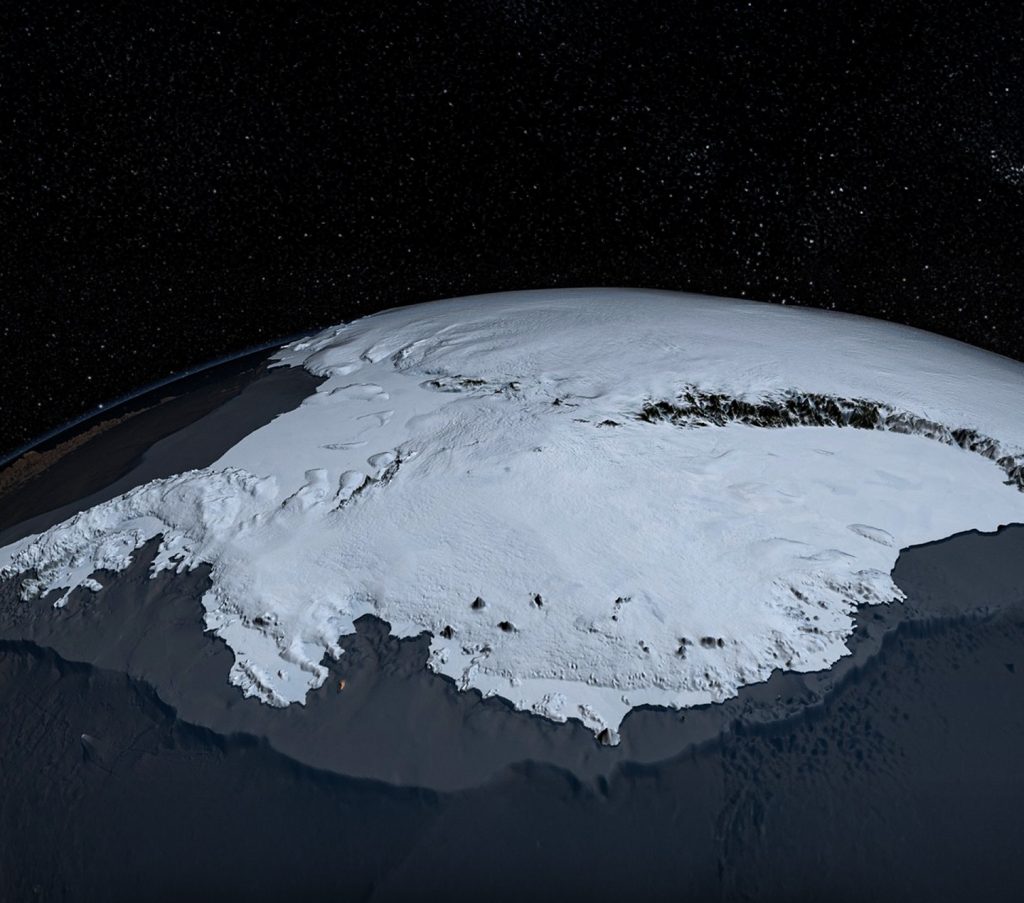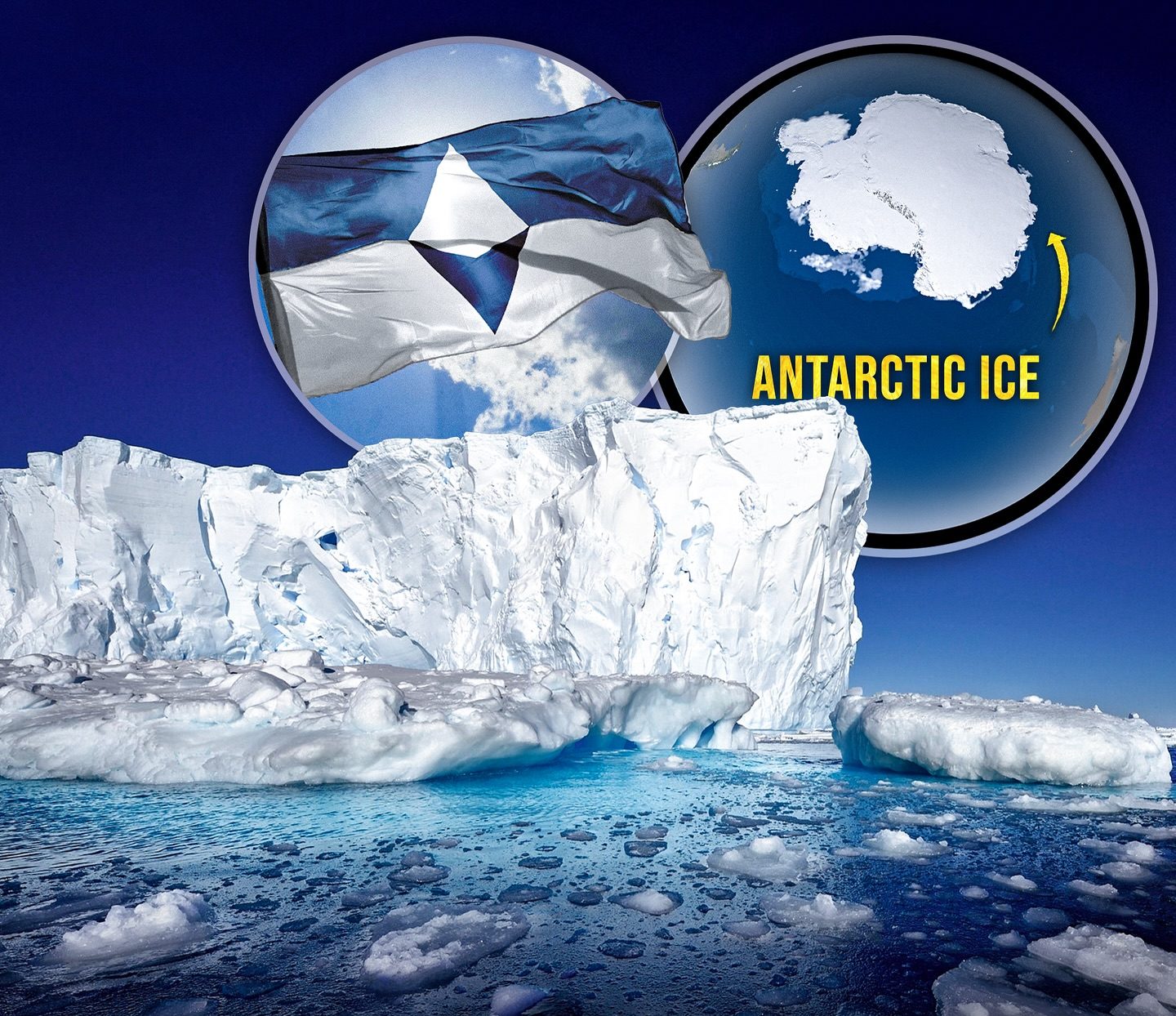The Antarctic Ice Has Increased by 324 Gigatons in the Last Few Decades
Antarctica isn’t usually a place people associate with “good news.” It’s often in headlines as a ticking time bomb for climate change, melting glaciers, and rising sea levels. But for once, the story has flipped—and it’s catching scientists off guard. The frozen heart of our planet has done something unexpected. After decades of melting, Antarctica’s ice mass has not only stabilized but actually increased. In a world full of environmental worries, this sudden shift might just be a sliver of hope—or the start of something even more complex.
Antarctic Ice Has Increased for the First Time in Two Decades, Reversing Mass Loss

For over 20 years, Antarctic ice was on a consistent downward trend. Year after year, studies reported the same depressing outcome—massive ice loss. But now, something different is happening. Satellite data shows that Antarctica has gained ice mass for the first time in decades. It’s a reversal that no one saw coming, not because it’s impossible, but because it seemed unlikely given the accelerating global warming trend. Scientists believe unusual patterns in snowfall, changes in wind circulation, and shifts in ocean temperature could be behind the gain. It’s not just about more snow—it’s about where it lands, how long it sticks around, and how much of it turns into solid ice.
While this isn’t a permanent fix for melting glaciers or rising sea levels, it’s a pause in a crisis that has long felt unstoppable. This sudden gain also sparks important scientific questions. If mass loss can be reversed—what triggered it? And could this pattern be replicated or sustained in a way that actually matters long term? These aren’t just questions for scientists. They matter to all of us, because Antarctica’s fate affects the entire planet.

